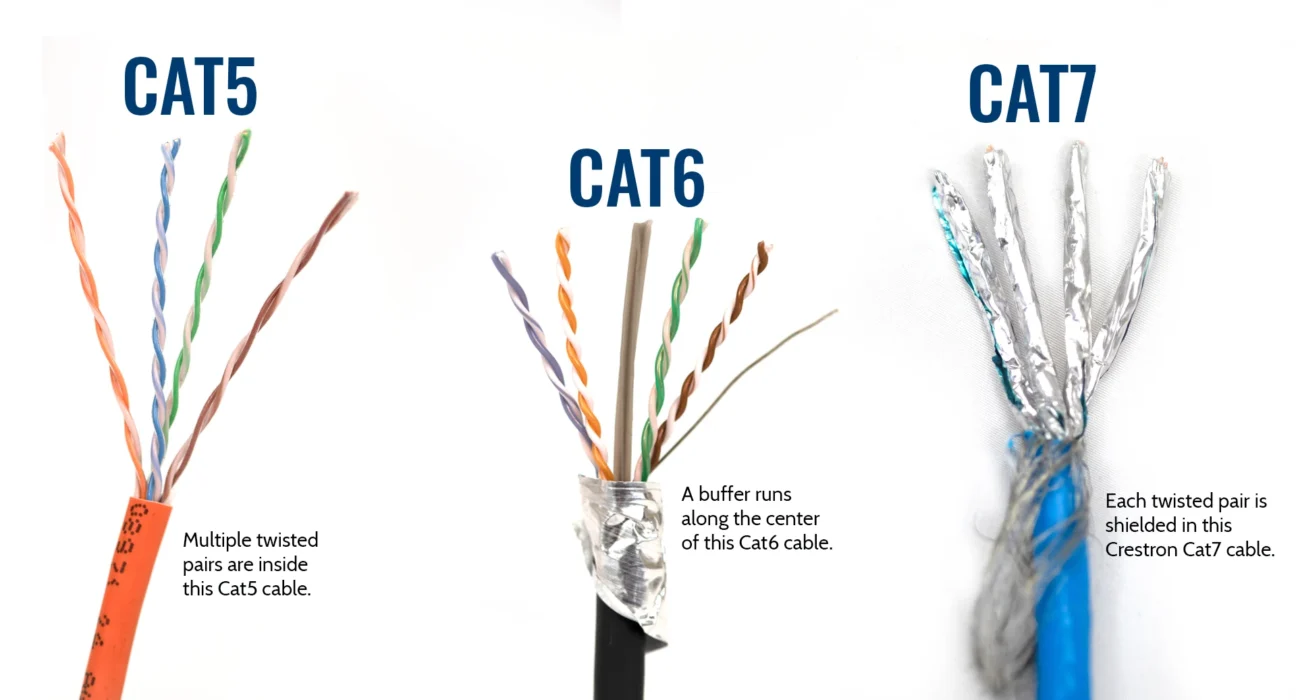Ethernet cables are a type of cable used to connect devices. An Ethernet cable is a type of cable used to connect devices. It is similar to the cables used for phones, but it has more wires in it. This extra wire allows devices to communicate more quickly and easily. Ethernet cables come in two types: Cat and Cate. Cat Ethernet cables have a small plug at one end and a large plug at the other. Cate Ethernet cables have a round plug instead of a square one. The main difference between Cat and Cate Ethernet cables is that Cat Ethernet cables can carry more data. They are also thinner than Cate Ethernet cables, making them easier to use.
Is there a difference between Cat5e and Cat6 Ethernet Cables?
What is the difference Cat5 and Cat6? There is a big difference between Cat5e and Cat6 Ethernet cables, and you need to be aware of the difference to get the most out of your networking experience. Here are the key differences: Cat5e Ethernet cables are generally used in smaller networks where bandwidth is not a concern. They are also used in low-speed home networking and small office applications. Cat6 Ethernet cables are better suited for medium-to-large networks that require high bandwidth and reliability. Another important difference between Cat5e and Cat6 Ethernet cables is their cable widths. Cat5e Ethernet cables have a diameter of 5/16 inches, while Cat6 Ethernet cables have a diameter of 3/8 inches. This makes them incompatible with each other. Depending on the application, you must use a Cat5e or Cat6 Ethernet cable. If you’re not sure which type of cable is right for your network, contact your networking provider or consult an expert. You’ll get the most out of your networking experience by sticking to the standard Cat5e or Cat6 Ethernet cables.
Terminology for Ethernet Cables
When describing Ethernet cables, there are a few terms that you will hear often. These terms are CAT5e, CAT6, and CAT6a. CAT5e is the most common type of Ethernet cable. It has a maximum bandwidth of 500 MHz and can support up to 100 meters in length. CAT6 is a higher-speed version of CAT5e. It has a maximum bandwidth of 600 MHz and can support up to 250 meters in length. Finally, CAT6a is the latest version of Ethernet cable and has a maximum bandwidth of 1000 MHz. It can support up to 500 meters in length and is more resistant to interference than other types of Ethernet cables.
How are Cat5e and Cat6 Ethernet Cables rated?
Cate and Cat Ethernet cables are rated according to the EN 50155 standard. Cat5e cables have a maximum bandwidth of 500Mbps, and Cat6 cables have a maximum bandwidth of 1Gbps. Cate Ethernet cables are made with a smaller gauge wire than Cat5e and Cat6 cables. This makes them suited for use in applications that require a lower bandwidth, such as video streaming or audio streaming. Cat5e and Cat6 Ethernet cables are both rated for use in outdoor environments. Cate Ethernet cables are also resistant to moisture and weather conditions.
